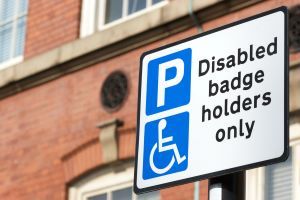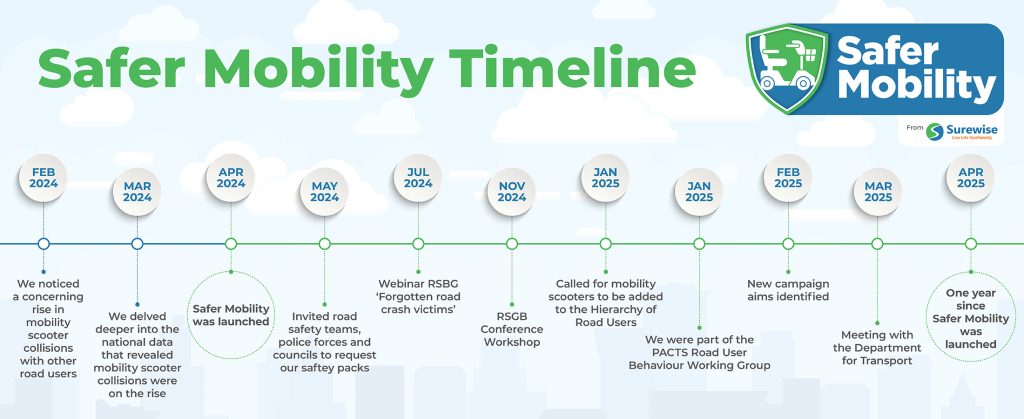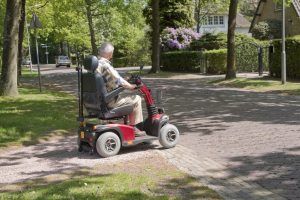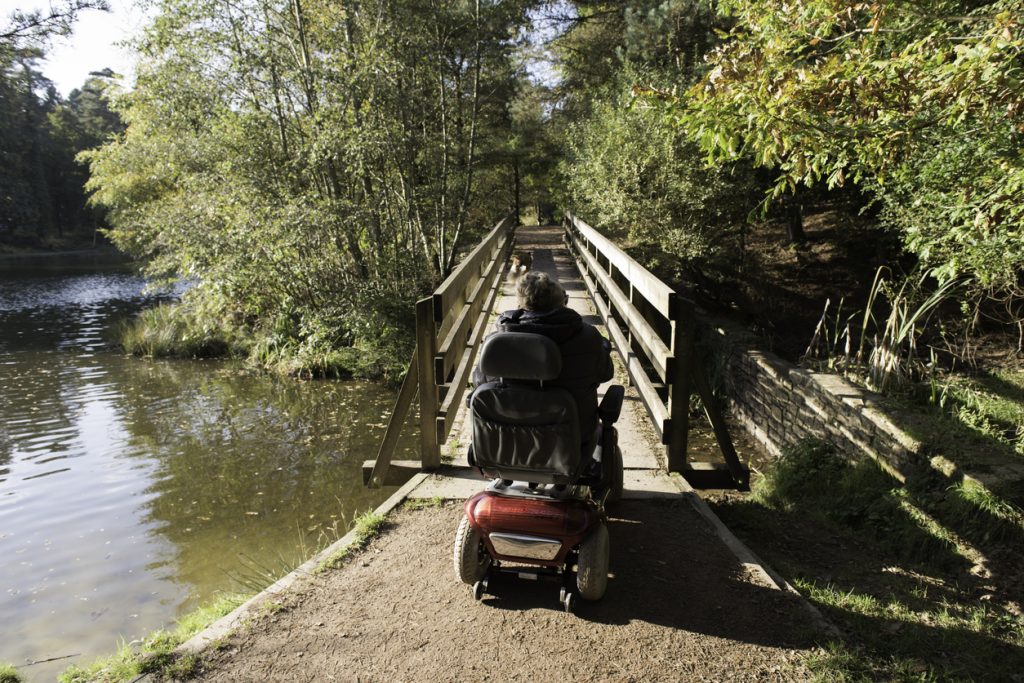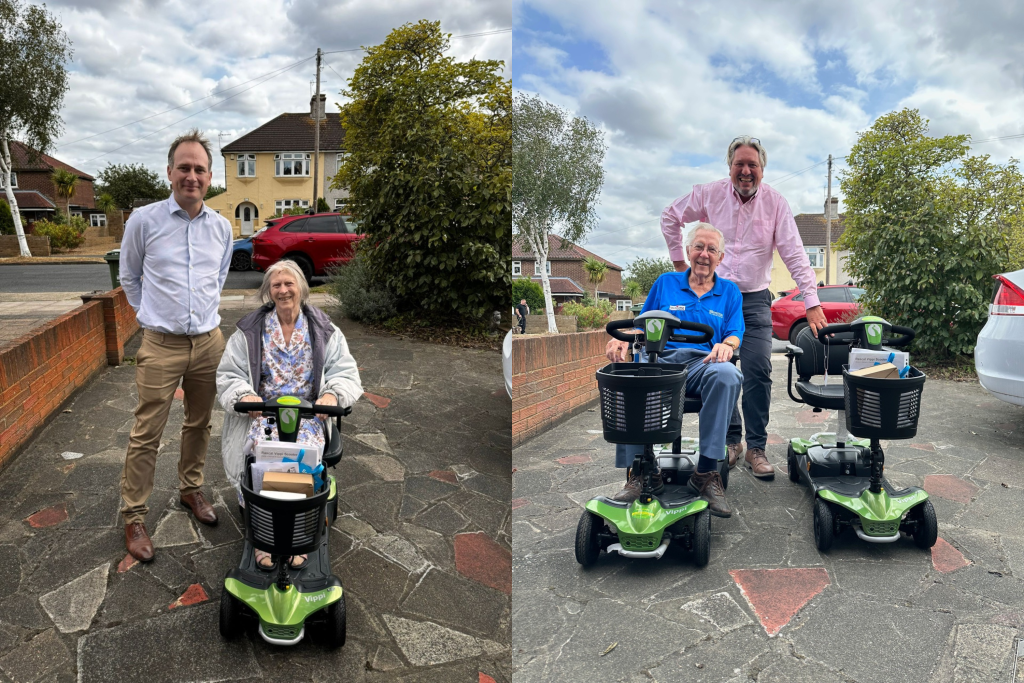The most common causes for mobility scooter crashes are from squeezing the throttle instead of leasing it, uneven road surfaces, curb-related incidents, and sudden swerving maneuvers, research has found.
After our launch of the Safer Mobility Campaign last week, we’ve prompted discussions among mobility scooter drivers and the wider community into what can be done to keep all road users safe.
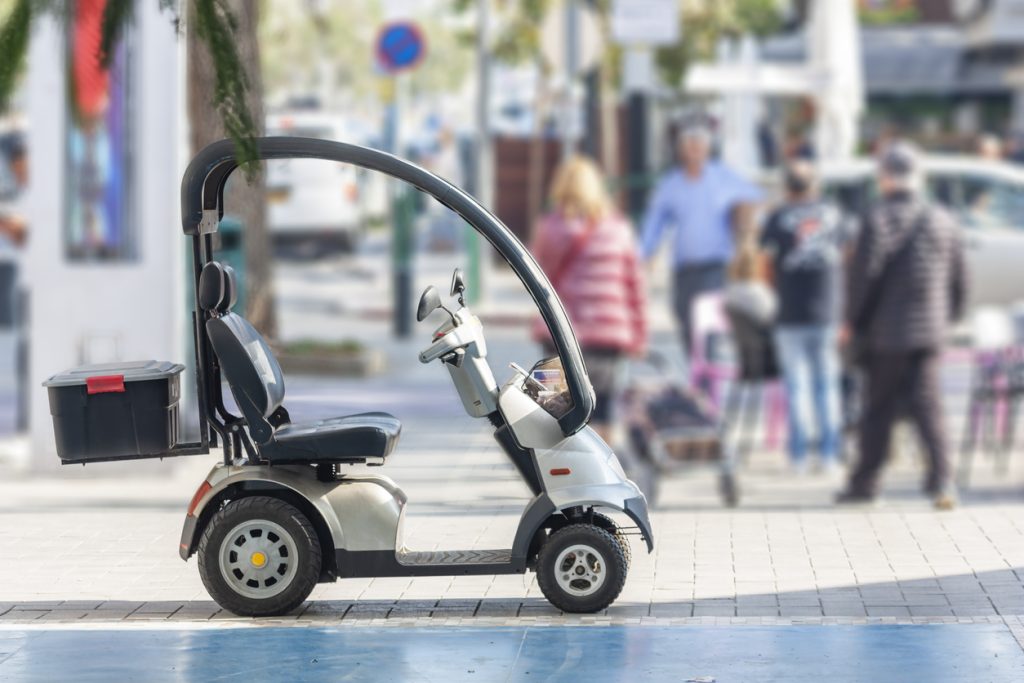
A part of that discussion has been to look into what it is about mobility scooters themselves that could be putting drivers in danger.
Mobility scooter drivers are vulnerable on the roads compared to other vehicles – so even while we raise awareness of the wider issues on the topic, knowing what could go wrong with your own mobility scooter is a great first step to being safer on the roads.
Before reading on, make sure you’ve registered for your free mobility scooter safety guide and reflective scooter sticker bundle here.
Biggest Causes Of Mobility Scooter Crashes
The research, from Swov, found that the following causes of the most common reasons for crashes involving mobility scooters, microcars, and enclosed disability vehicles:
- Incorrect use of the throttle (i.e. squeezing the throttle instead of releasing it)
- Uneven road surfaces causing the scooter to tip
- Bumping into a curb or half the scooter’s wheels going over the curb
- Sudden swerving maneuvers
- An intentional or unintentional priority error
Other Factors Affecting Mobility Scooter Crashes
In addition to the above data, the research also suggested the following factors contributed to the cause of mobility scooter crashes:
- Operator errors (27%)
- Road conditions (27%)
- Other road user’s behaviour (25%)
- Own driving behaviour (22%)
- Distracted casulaty (17%)
- Traffic situation (15%)
The driver’s physical or mental condition, weather, a lack of training, and malfunctioning scooters were also lesser attributed factors that could have contributed towards the reason for a crash.
How To Use This Research To Keep Yourself Safe
While this research may not give us any definitive answers or solutions, it can help mobility scooter drivers be better informed on what things may be major causes behind a crash. When it comes to road conditions, for example, being aware of potholes and uneven road surfaces to avoid could be a great way to keep yourself safe.
About The Research
More information can be found about this research here:
SWOV (2021). Mobility scooters, enclosed disability vehicles and microcars. SWOV fact sheet, March 2021. SWOV, The Hague.

